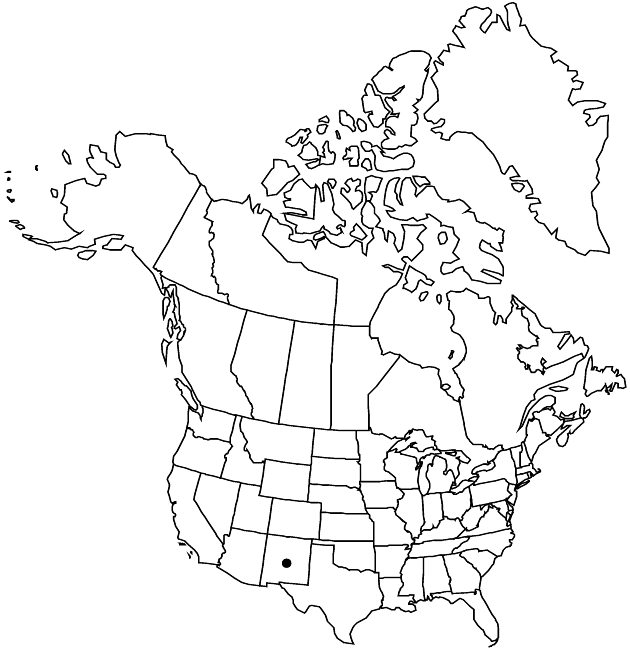Hymenoxys brachyactis
Contr. U.S. Natl. Herb. 16: 192. 1913.
Biennials or perennials, 30–60 cm (monocarpic; sometimes with sparingly branched, woody caudices). Stems 1–4(–8), green throughout, branched distally, glabrous or sparsely hairy. Leaves: blades simple or lobed (lobes 3–9), glabrous, gland-dotted; mid leaves lobed (lobes 3–7, terminal lobes 0.8–1 mm wide). Heads (7–)40–150(–250) per plant, in paniculiform to corymbiform arrays. Peduncles 1.2–2 cm, glabrous or sparsely hairy. Involucres usually urceolate, sometimes campanulate, 6–8 × 5–6 mm. Phyllaries in 2 series, unequal; outer 8(–9), basally connate 1/2 their lengths, lanceolate, 4–6 mm, apices acuminate to acute; inner 8(–10), obovate, 4.5–5 mm, apices mucronate. Ray florets 8(–9); corollas yellow, 7–8.5 × 3–4(–4.8) mm. Disc florets 25–60+; corollas 3.1–4.2 mm. Cypselae narrowly obpyramidal, 2.1–2.5 mm; pappi of 5(–7) obovate to lanceolate, aristate scales 2.5–3 mm.
Phenology: Flowering Jul–Sep.
Habitat: Roadsides, open areas, edges of pine forests
Elevation: 2000–2500 m
Discussion
Selected References
None.
